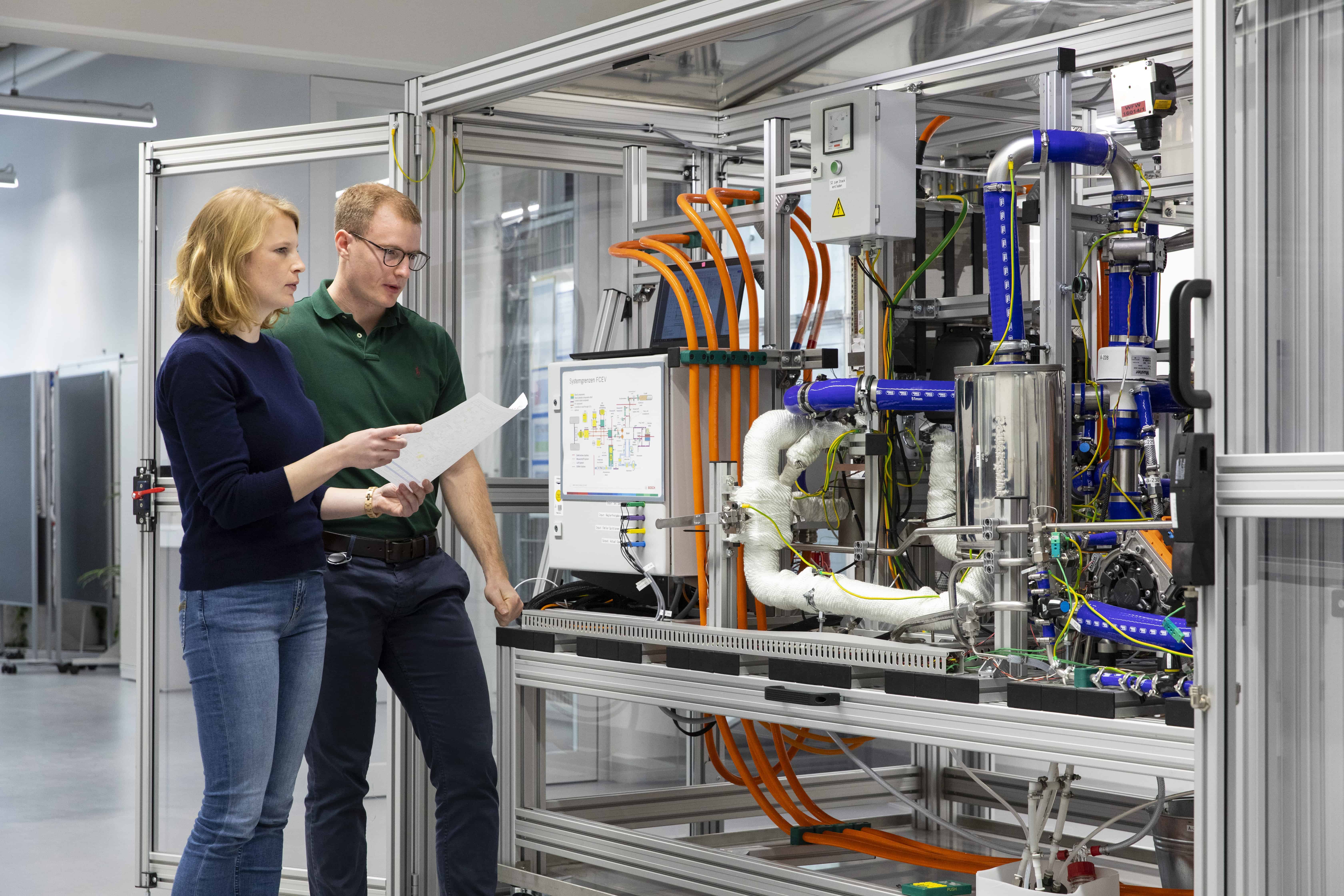Climate R&D Bill Would Make Manufacturing More Competitive

A House of Representatives committee recently held a hearing on a bill designed to drive breakthrough innovations to tackle climate change—a priority that has the strong support of the National Association of Manufacturers and manufacturing businesses across the country.
The Clean Industrial Technology Act (CITA) would set up a Transformational Industrial Technology Program at the U.S. Department of Energy, and would drive new technologies aimed at increasing the technological and economic competitiveness of manufacturing in the United States. The program would also find pathways to net-zero greenhouse gas emissions and create a technical assistance program to help local communities and states evaluate and incentivize the adoption of technologies that reduce industrial greenhouse gases. The legislative hearing on the CITA was held by the House of Representatives Committee on Science, Space, and Technology. In the Senate, the NAM has been working closely with Sen. Sheldon Whitehouse (D-RI) on similar legislation.
“Manufacturers have always been about solutions,” said Rachel Jones, Senior Director of Energy and Resources Policy at the NAM. “We need real-world technologies to address our global climate problem, and legislation like the CITA provides a common sense opportunity to move our efforts forward. This bill takes a clear-eyed look at the unique challenges that different energy-intensive industries face as we all work toward ensuring a safer and more prosperous future.”
Manufacturers across the country are deeply involved in sustainability programs, leading the way for other industries in protecting our environment. Most manufacturing companies have already pioneered new technologies and implemented meaningful programs to reduce greenhouse gas emissions. With more than 12 million men and women employed by the industry in every state in the country, manufacturing businesses have a unique perspective on the challenges of our shared path forward and have consistently worked with Congress to promote bills like the CITA.
“Providing incentives for U.S. businesses, schools and laboratories to bring game-changing technologies into the commercial sector isn’t just good policy; it’s common sense,” said Jones. “Cooperative partnerships between industry, government and academia benefit all three sectors and the country as a whole.”
Manufacturers contributed 18 percent more value to the American economy over the past decade while reducing the carbon footprint of their products by 21 percent—demonstrating that productivity and sustainability are compatible with each other—and keeping the industry’s promise to promote sustainable solutions.
“Manufacturers are committed to reducing greenhouse gases and addressing climate change while preserving our global competitiveness,” said Jones. “This legislation is a great example of how we are working with policymakers to turn aspirations into reality in order to protect our environment and improve our world. Manufacturers applaud the House Science Committee and Sen. Whitehouse for their leadership.”
